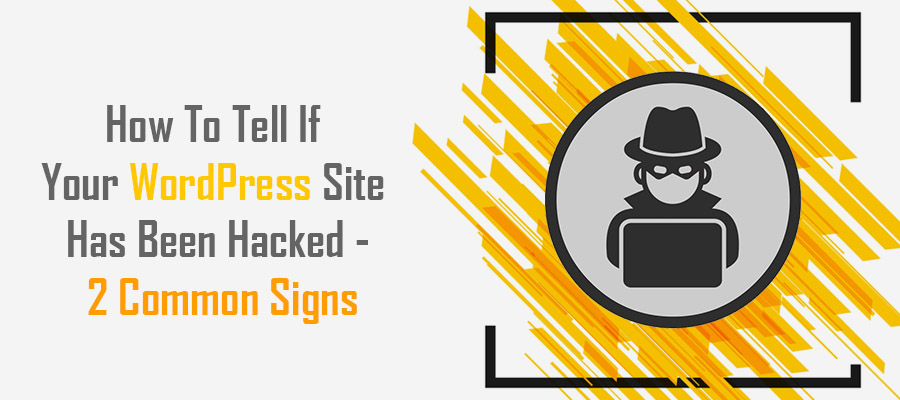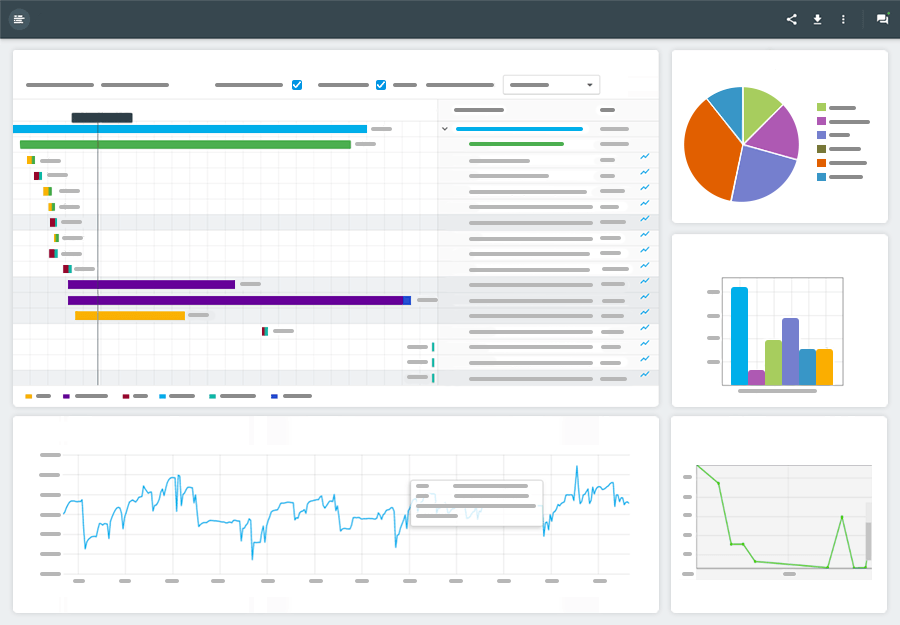 You read about millions of WordPress sites being hacked all the time. However, until it happens to you, it’s easy to think such activity will never find its way to your relatively secure WordPress site. That is, until it does happen. Even though there are hundreds of millions of WordPress sites active at any given time, it doesn’t mean your safe simply due to how many sites exist.
You read about millions of WordPress sites being hacked all the time. However, until it happens to you, it’s easy to think such activity will never find its way to your relatively secure WordPress site. That is, until it does happen. Even though there are hundreds of millions of WordPress sites active at any given time, it doesn’t mean your safe simply due to how many sites exist.
If you aren’t consistently monitoring the health and safety of your WordPress site, as well as performing essential maintenance tasks, it’s only a matter of time till your site is compromised. So, how can you tell if even after your attempts to safeguard your site, hackers still found a way in?
While certain signs of a hacked site are immediately noticeable, such as visual design changes or an inability to access your dashboard, other signs may be more subtle. For most hackers, they prefer their malicious activity sneak into organizations to maximize its damage before being noticed and eliminated. Therefore, when it comes to safeguarding your WordPress site in the 21st Century, you must be on the defensive and offensive.
Based upon the latest malicious hacking attacks, we can issue a fairly accurate list of hacking symptoms. The following signs of a hacked WordPress site are most common, but isn’t conclusive. Even if you don’t experience any of the following, still pay close attention to both the front and back-end of your WordPress site. While you may not be able to hide from hackers forever, the key to minimizing damage is how quickly you respond once you’ve been hacked.
Suddenly…No Incoming Traffic
Did your site go from attracting a relatively constant daily and monthly traffic concentration to nothing? Malicious attacks don’t always steal just your data, but also your traffic. A common WordPress hacking technique is redirecting traffic from your site to their spammy or malware-filled site.
If you aren’t swift to correct this issue by contacting your web host and readjusting your server and domain settings based upon host advice, Google may blacklist your site. Each week, over 50,000 sites are blacklisted for phishing and 20,000 for malware distribution. Once your site makes it into Google jail, regaining your previous traction can be a tedious task.
Bad, Incorrect or Broken Website Links
Hackers are well-versed in entering your WordPress site by creating what’s known as a backdoor. From here, they tend to manipulate and modify your WordPress database and files. Commonly, hackers replace your website links with ones that direct visitors to spammy sites, malware-infested pages or automatic phishing file downloads.
Even if you delete these links, the problem is rarely solved. You must first delete the backdoor used by hackers to access your site. This process requires a somewhat solid understanding of backend website infrastructure and database management. While not incredibly difficult, if you are unsure how to go about this process, immediately contact your web hosting provider. Tell them your site has been hacked via a backdoor operation. They’ll know how to proceed and eliminate the current backdoor and prevent such attempts in the future.
Ultimately, the key to noticing and preventing a hacked WordPress site is through active monitoring. There are many plugins and server-side tools capable of preventing, notifying and automatically correcting WordPress hacking attempts and situations.


